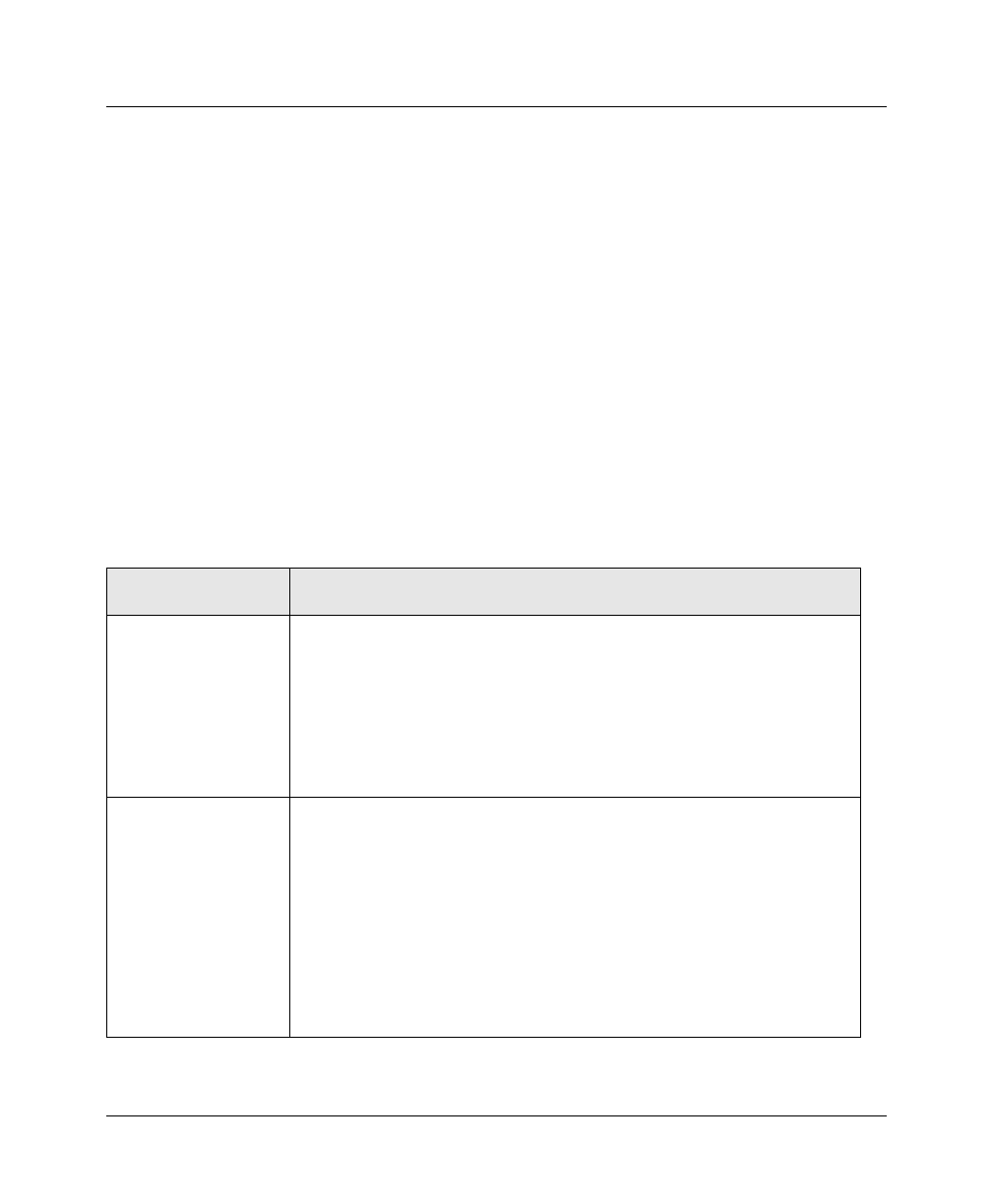User`s guide
Table Of Contents
- Ascend Customer Service
- How to use this guide
- What you should know
- Documentation conventions
- How to use the on-board software
- Manual set
- Configuring WAN Connections
- Configuring IP Routing
- Introduction to IP routing on the Pipeline
- Managing the routing table
- Parameters that affect the routing table
- Static and dynamic routes
- Configuring static routes
- Specifying default routes on a per-user basis
- Enabling the Pipeline to use dynamic routing
- Route preferences
- Viewing the routing table
- Fields in the routing table
- Removing down routes to a host
- Identifying Temporary routes in the routing table
- Configuring IP routing connections
- Ascend Tunnel Management Protocol (ATMP)
- IP Address Management
- Connecting to a local IP network
- BOOTP Relay
- DHCP services
- Dial-in user DNS server assignments
- Local DNS host address table
- Network Address Translation (NAT) for a LAN
- Configuring IPX Routing
- How the Pipeline performs IPX routing
- Adding the Pipeline to the local IPX network
- Working with the RIP and SAP tables
- Configuring IPX routing connections
- Configuring the Pipeline as a Bridge
- Defining Filters and Firewalls
- Setting Up Pipeline Security
- Pipeline System Administration
- Pipeline 75 Voice Features
- IDSL Implementations
- APP Server utility
- About the APP Server utility
- APP Server installation and setup
- Configuring the Pipeline to use the APP server
- Using App Server with Axent SecureNet
- Creating banner text for the password prompt
- Installing and using the UNIX APP Server
- Installing and using the APP Server utility for DO...
- Installing and using the APP Server utility for Wi...
- Installing APP Server on a Macintosh
- Troubleshooting
- Upgrading system software
- What you need to upgrade system software
- Displaying the software load name
- The upgrade procedure
- Untitled

APP Server utility
APP Server installation and setup
C-4 Preliminary January 30, 1998 Pipeline User’s Guide
In the APPSRVR.INI file, the first line of the file must contain the text
“[BANNER]”.
For example:
[BANNER]
line1=The security password has changed. Please consult your
line2=security card and enter the current password now.
line3=You have 60 seconds to enter the new password.
The banner is followed by the challenge prompt in the APP Server screen. A user
has 60 seconds to obtain the current password from the security card and enter it
correctly.
There are three sections in AppSrvr.ini. The sections are described in the
following table:
Table C-1.APP Server INI file contents
INI section Description
[BANNER] Up to 5 line of text, each one must begin with the syntax “line x=”,
where x is a number from 1 to 5. For example
[BANNER]
line 1=”First line of text”
line 2=”Second line of text”
...
[PROFILE] Allows for the following two key names:
Name =
User =
Name is the name of the remote Ascend unit.
Note:
This field is ignored when using Axent SecureNet since this
information is contained in the Softkey authentication routine.)
User is the profile name to use when connection.










